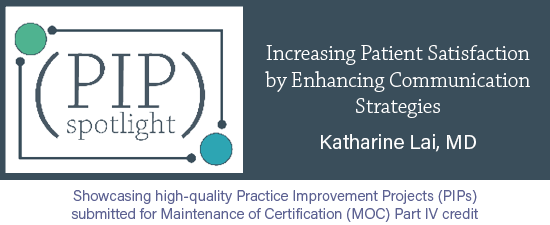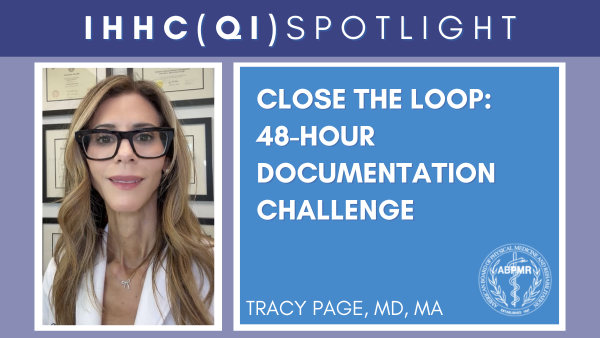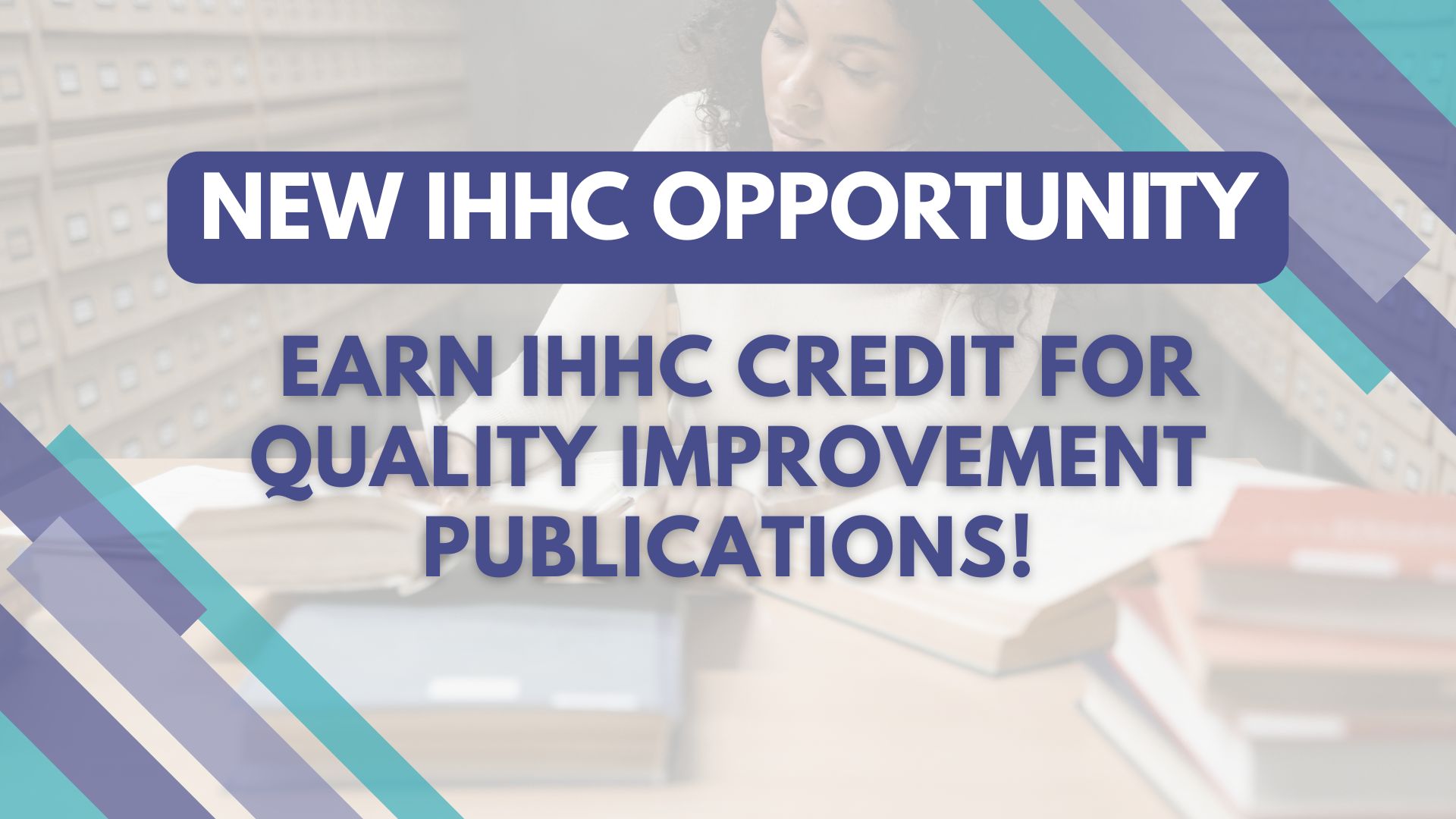CC
PIP Spotlight: Increasing Patient Satisfaction by Enhancing Communication Strategies

ABPMR diplomate Katharine Lai, MD, submitted this Practice Improvement Project (PIP) after implementing enhanced communication strategies in order to improve patient satisfaction.
Dr. Lai reports that although she fell short of meeting her goal, she saw improvement in her patient satisfaction scores and she continues to look for ways to promote better patient communication.
Thank you to Dr. Lai for submitting this PIP!
The PIP Spotlight is a periodic feature on News Center to highlight exemplary Practice Improvement Projects submitted by your fellow diplomates (or residents) for maintenance of certification (MOC) Part IV credit. Diplomates can use the PIP Spotlight as a tool to plan their own PIPs or as a way to connect with other diplomates doing similar work.

What is the problem you are trying to solve?
One key measure of physician performance in our practice is our Member Patient Satisfaction (MPS) scores. I hope to improve my MPS scores through enhanced patient communication.
**What data (objective measurements) do you have that supports this as a problem? **
From October 1, 2014 to March 30, 2016, I saw an average drop of 8.5% on all of my patient satisfaction scores. These scores were based on the patients’ rating of the physician encounters on the following five areas:
- physician's skills and ability
- confidence in care the physician provided
- physician listened, understood, and explained
- physician involved you in medical decisions
- physician was familiar with your medical history
What is your opportunity statement? State the goal you hope to achieve.
I plan to improve my patient satisfaction scores for the remainder of 2016 through enhanced communication with the patient.
**What is the underlying cause of the performance/quality problem? **
During the targeted time frame, when there was average drop of 8.5% in my MPS scores, the largest decline was seen in the category “confidence in the care the physician provided.” Physicians with high MPS scores often recommend the strategy of better communication with the patient to improve MPS scores.

What change(s) did you implement?
I worked with other physicians in my group identified as having high MPS scores and our physician communication team on strategies to improve my MPS through enhanced patient communication.
Many of the changes revolved around the "Four Habits Model" used by our medical group as a communication skills framework. The Four Habits Model focuses on the following:
- invest in the beginning of the visit and build rapport
- elicit the patient's perspective
- demonstrate empathy
- involve patients at the end of the visit in designing a treatment plan
One of the changes that I made was to start with a nonmedical question at the start of the visit to make the patient feel more at ease. I also made it a point to start with an open-ended question like “how can I help you today?” In addition, I looked for opportunities to compliment the patient on efforts made to address their problem. Lastly, I provided each patient with a written summary of our treatment plan.

Did you achieve your goal or target from your opportunity statement? What data do you have to support your conclusion?
Unfortunately, I did not reach my goal of a 5% increase in my average MPS scores across all five categories. However, I did see an increase of 3.6% during the remainder of 2016 (from April 1, 2016, to December 31, 2016). Patients rated their experience on the five measures listed above.
During this time frame, I saw an increase in three out of five of my MPS scores. The largest increase was seen in my score for "confidence in care the physician provided" which saw an increase of 10.5%; notably, this was my lowest scored area prior to implementing the plan.

Will you continue with the changes you have implemented?
Although I did not reach my goal of a 5% increase in my average MPS scores for the remainder of 2016, I did see an increase in the majority of my scores and a significant increase in my lowest patient satisfaction score of "confidence in care the physician provided." As a result, I see value in enhanced communication as a way to improve patient satisfaction scores. I will continue leverage our evolving opportunities with technology for improved patient communication utilizing email, internet links, phone appointments, and video visits.

